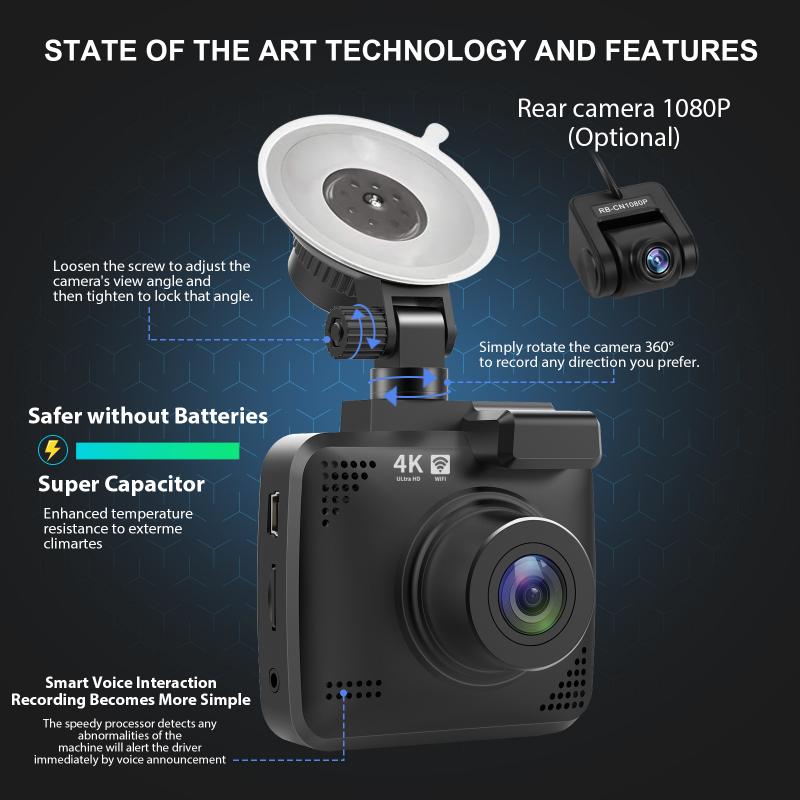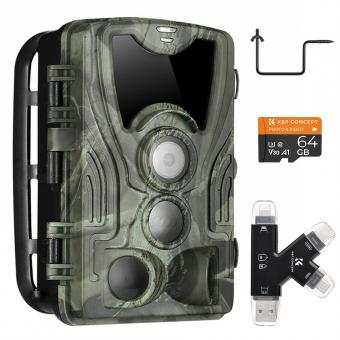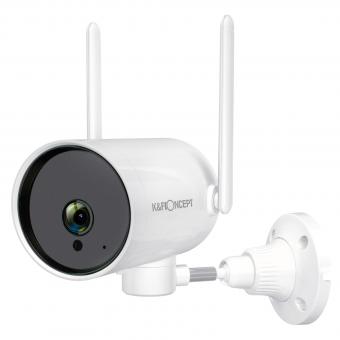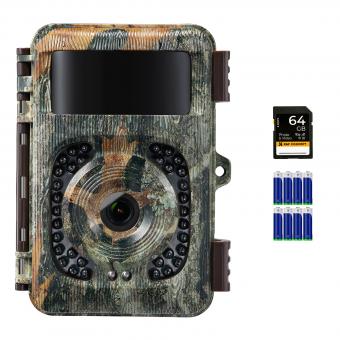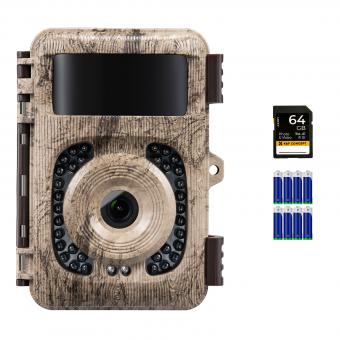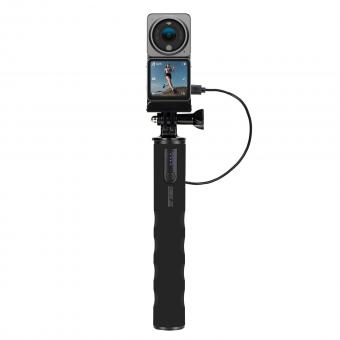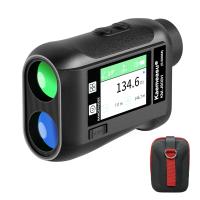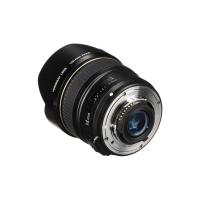How To Make A Wifi Camera ?
To make a WiFi camera, you would need a camera module with WiFi capabilities, such as a Raspberry Pi camera module or an IP camera. You would also need a microcontroller or single-board computer, such as a Raspberry Pi, to control the camera and handle the WiFi connectivity. Additionally, you would need a power source, such as a battery or power adapter, to provide power to the camera and the microcontroller. Finally, you would need to configure the camera module and the microcontroller to establish a WiFi connection and enable the camera to transmit the video feed over the network.
1、 Select a suitable camera with built-in Wi-Fi capabilities.
To make a WiFi camera, the first step is to select a suitable camera with built-in Wi-Fi capabilities. This is crucial as it allows the camera to connect to a wireless network and transmit data over the internet.
When choosing a camera, it is important to consider the specific requirements and use case. There are various types of cameras available, ranging from compact point-and-shoot cameras to professional DSLRs. Ensure that the camera you select has built-in Wi-Fi capabilities, as not all cameras offer this feature.
Once you have selected a camera with Wi-Fi capabilities, the next step is to set up the camera to connect to a wireless network. This typically involves accessing the camera's settings menu and selecting the appropriate Wi-Fi network. You will need to enter the network's password to establish a connection.
After connecting the camera to the Wi-Fi network, you can then use various applications or software to remotely control and access the camera. These applications allow you to view live footage, adjust camera settings, and even capture photos or videos remotely.
It is worth noting that the latest advancements in WiFi camera technology have introduced features like cloud storage, motion detection, and even facial recognition. These advancements have made WiFi cameras more versatile and convenient for both personal and professional use.
In conclusion, making a WiFi camera involves selecting a camera with built-in Wi-Fi capabilities and setting it up to connect to a wireless network. With the latest advancements in technology, WiFi cameras offer a range of features that enhance their functionality and usability.
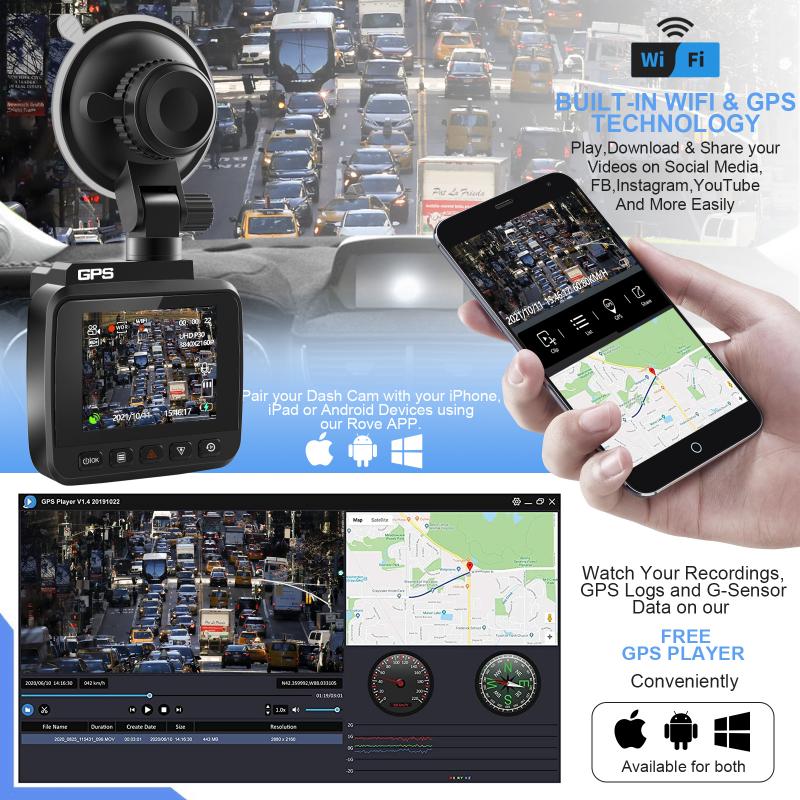
2、 Connect the camera to a power source.
To make a WiFi camera, you will need a few essential components and follow a series of steps. Here's a step-by-step guide on how to make a WiFi camera:
1. Choose a Camera: Start by selecting a camera that suits your needs. It can be a standalone camera or a webcam that you can repurpose.
2. Connect the Camera to a Power Source: Ensure that the camera is connected to a power source. This can be done by plugging it into a wall outlet or using a battery pack if you require a portable setup.
3. Install a WiFi Module: To enable wireless connectivity, you will need to install a WiFi module. This module will allow the camera to connect to your local network and transmit data wirelessly.
4. Configure the WiFi Module: Follow the manufacturer's instructions to configure the WiFi module. This typically involves connecting the module to your computer and setting up the necessary network settings.
5. Connect to a Network: Once the WiFi module is configured, connect the camera to your local WiFi network. This will enable you to access the camera remotely from any device connected to the same network.
6. Set Up Remote Access: To access the camera from outside your local network, you will need to set up port forwarding on your router. This will allow you to access the camera's feed using a unique IP address or domain name.
7. Install Viewing Software: Install viewing software on your computer or mobile device to access the camera's feed. There are various applications available that allow you to view and control the camera remotely.
8. Test and Adjust: Finally, test the camera's functionality and make any necessary adjustments to optimize its performance. Ensure that the camera is securely mounted and positioned to capture the desired area.
It's important to note that the process may vary depending on the specific camera and WiFi module you choose. Always refer to the manufacturer's instructions for detailed guidance.
In recent years, advancements in technology have made it easier to create WiFi cameras. Many cameras now come with built-in WiFi capabilities, eliminating the need for additional modules. Additionally, cloud-based services and mobile apps have made remote access and control more convenient. These developments have made WiFi cameras more accessible and user-friendly for both personal and professional use.

3、 Install the camera's accompanying mobile app on your smartphone.
To make a WiFi camera, you will need a camera with WiFi capabilities and a smartphone with the camera's accompanying mobile app installed. WiFi cameras have become increasingly popular due to their convenience and ease of use. They allow you to monitor your home or office remotely, providing an added layer of security.
To begin, choose a WiFi camera that suits your needs. There are various options available in the market, ranging from indoor security cameras to outdoor surveillance cameras. Make sure the camera you select has WiFi connectivity built-in.
Once you have the camera, follow the manufacturer's instructions to set it up. This typically involves connecting the camera to your WiFi network. You will need to enter your WiFi network's name and password into the camera's settings. Once connected, the camera will be able to transmit video and audio data over your WiFi network.
Next, install the camera's accompanying mobile app on your smartphone. This app allows you to access the camera's live feed and control its settings remotely. It may also provide additional features such as motion detection alerts and cloud storage for recorded footage.
After installing the app, open it and follow the on-screen instructions to connect the camera to your smartphone. This usually involves scanning a QR code or entering a unique camera ID. Once connected, you will be able to view the camera's live feed, adjust settings, and receive notifications on your smartphone.
It is important to note that the process of setting up a WiFi camera may vary slightly depending on the brand and model you choose. Therefore, it is always recommended to refer to the manufacturer's instructions for specific guidance.
In conclusion, making a WiFi camera involves selecting a camera with WiFi capabilities, connecting it to your WiFi network, and installing the camera's mobile app on your smartphone. This allows you to remotely monitor your surroundings and enhance your security measures.

4、 Follow the app's instructions to connect the camera to your Wi-Fi network.
To make a WiFi camera, you will need a camera that supports WiFi connectivity and a stable internet connection. Here's a step-by-step guide on how to set it up:
1. Choose a WiFi camera: There are various WiFi cameras available in the market, ranging from security cameras to baby monitors. Select one that suits your needs and budget.
2. Install the camera: Follow the manufacturer's instructions to physically install the camera in the desired location. Ensure it is within range of your WiFi network.
3. Power on the camera: Connect the camera to a power source and turn it on. Most WiFi cameras come with a power adapter or can be powered through USB.
4. Download the app: Search for the camera's companion app on your smartphone or tablet's app store. Download and install it.
5. Connect the camera to your WiFi network: Open the app and follow the on-screen instructions to connect the camera to your WiFi network. This usually involves selecting your network from a list and entering the password.
6. Configure camera settings: Once connected, you can customize various settings such as motion detection, video quality, and recording schedules through the app.
7. Access the camera remotely: With the camera connected to your WiFi network, you can now access the live feed and recordings remotely through the app. Some cameras also offer cloud storage options for saving footage.
It's important to note that the specific steps may vary depending on the camera model and app. Always refer to the manufacturer's instructions for accurate setup guidance.
WiFi cameras have become increasingly popular due to their convenience and ease of use. They provide a flexible solution for monitoring your home, office, or any other space remotely. With advancements in technology, WiFi cameras now offer features like two-way audio, night vision, and even facial recognition. Additionally, many WiFi cameras can integrate with smart home systems, allowing you to control and monitor them through voice commands or a central hub.
Overall, setting up a WiFi camera is relatively straightforward, and with the right equipment, you can enhance your security and surveillance capabilities.
